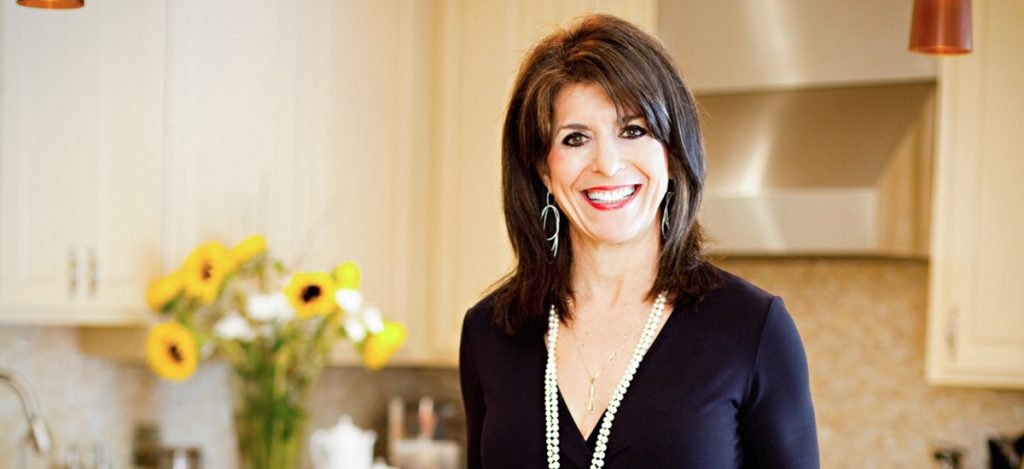Let Barry White’s legacy inspire you to take your blood pressure seriously
Barry White battled chronic high-blood pressure for years. Unfortunately most people don’t even know they have high blood pressure because high blood pressure (HBP, or hypertension) has no obvious symptoms to indicate that something is wrong.
Barry White was twice admitted to the hospital after suffering from hypertension – once in 1995 and again in 1998.
Before his passing in 2003, Barry White announced that he was on dialysis and searching for a kidney donor.
“Doctors confirm that Barry White has a history of hypertension [high blood pressure], which has led to a decline of kidney function,” a statement from Island Def Jam Music Group said reports NME.
UnfortunatelyBarry White died at age 58 while waiting for kidney transplant.
How Is High Blood Pressure Related to Kidney Disease?
When the blood vessels become damaged, the nephrons that filter your blood don’t receive the oxygen and nutrients they need to function well. This is why high blood pressure (HBP or hypertension) is the second leading cause of kidney failure reports the American Heart Association. Over time, uncontrolled high blood pressure can cause arteries around the kidneys to narrow, weaken or harden. These damaged arteries are not able to deliver enough blood to the kidney tissue.
Damaged Kidneys Can’t Regulate Blood Pressure
Healthy kidneys produce a hormone called aldosterone to help the body regulate blood pressure.but as more arteries become blocked and stop functioning, the kidneys eventually fail.
Learn how you can limit your risk by managing your blood pressure.
Over a four-decade career, White sold more than 100 million records, earned dozens of gold and platinum albums and won two Grammy Awards. His buttery baritone was musical Viagra and he reveled in his reputation as the Godfather of Love, never apologizing for his shamelessly romantic material.
The best ways to protect yourself are being aware of the risks and making changes that matter.
We’re talking about the symptoms, causes and prevention of stroke with musical inspiration from Angela Bofill. on this episode of Divabetic’s Diabetes Late Nite podcast.
Stroke is the fifth leading cause of death and a leading cause of adult disability in the US. As many as 5 to 14 percent of stroke survivors have a second stroke within one year.
With her strong, distinctive alto, Angela Bofill carved a niche as an outstanding interpreter of soul ballads and became a mainstay on the Quiet Storm radio format.
Angela Bofill suffered two strokes but neither stroke could take away her positive, humorous personality and her fighter spirit. After she lost the ability to sing, she returned to the stage for “The Angela Bofill Experience” in which she skillfully narrated her life story, while her band and other singers .
Podcast guests include Angela Bofill, Catherine Schuller, Patricia Addie-Gentle RN, CDE, Neva White DNP, CRNP- BC, CDE, and Rose Hall from Tessie’s Teas.
Throughout the podcast we will feature music from Angela Bofill’s albums Angie and Angel of the Night courtesy of SONY Music.

Looking for a fun way to socialize without putting your diabetes wellness at risk? Do you need a little help staying on track with your diabetes self-care?
Join the happy healthcare host, Mr. Divabetic for this free, virtual diabetes support event with style. Divabetic’s dynamic diabetes empowerment meeting features a Hat & Face Mask Fashion Show and a Diabetes Educational Group Activity and Discussion on Thursday, February 4, 2021, 7 – 8 PM, EST on Zoom.





















